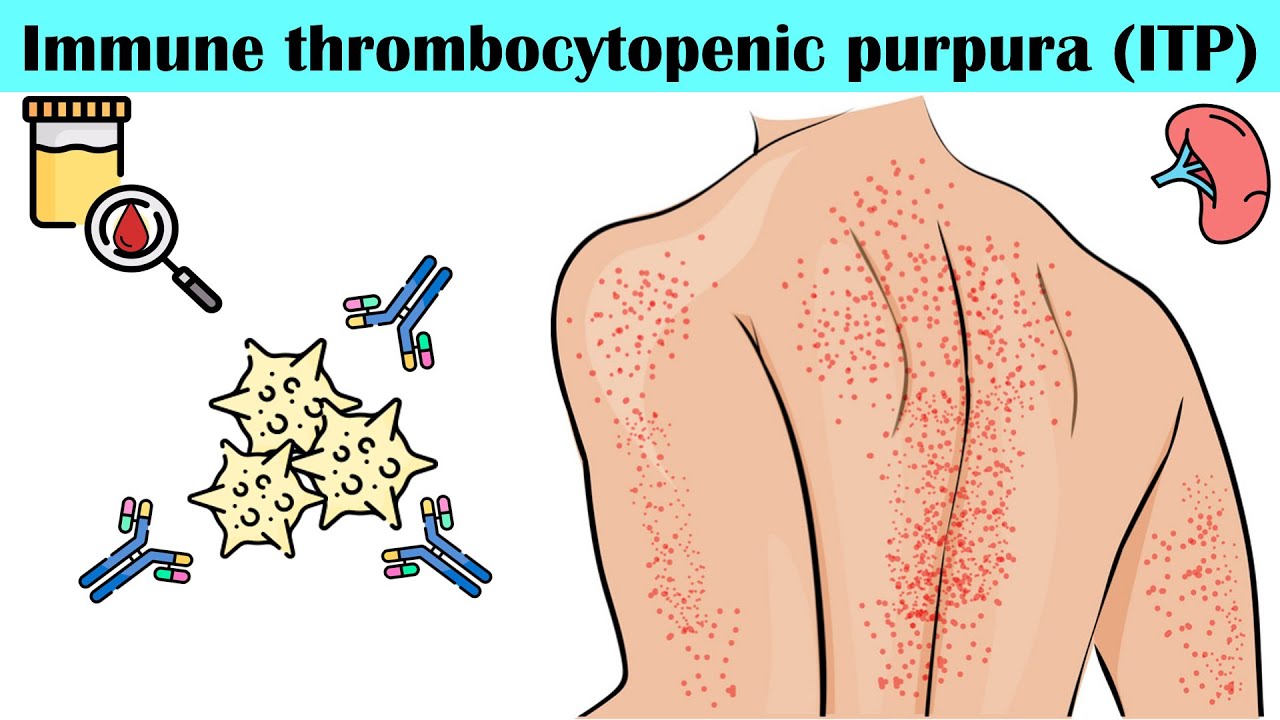Biomarker-guided treatment of infection reduces antibiotic exposure in ICUs
Reuters Health • The Doctor's Channel Daily Newscast
They suggest that procalcitonin-guided therapy can cut treatment duration and perhaps reduce the emergence of antibiotic-resistant strains.
Serum levels of procalcitonin have been used to diagnose bacterial sepsis, the authors explain, and its use has been shown to reduce antibiotic exposure in patients with acute respiratory tract infections. However, the few ICU trials were small and “underpowered for safety, which in this setting is of the utmost importance.”
In the prospective, open-label PRORATA trial, Dr. Michel Wolff at Hopital Bichat-Claude-Bernard in Paris and colleagues compared procalcitonin-guided treatment with standard care in 8 ICUs. In patients randomized to the procalcitonin group, levels were measured each day, and 0.5 mcg/L was the threshold for starting antibiotics. Physicians were urged to stop treatment when procalcitonin dropped below 80% of the peak concentration or when the absolute concentration was < 0.5 mcg/L.
In both groups, all treatment decisions were left in the hands of the treating physicians.
According to the report, the patients had a wide range of infections; 40% had septic shock, and close to 70% were on mechanical ventilation.
Mortality did not differ significantly between the 307 patients in the procalcitonin group and the 314 controls at day 28 (21.2% vs 20.4%, respectively) or at day 60 (30% vs 26.1%, respectively), the investigators report, demonstrating non-inferiority of the procalcitonin algorithm. None of the deaths was related to infection relapse.
During the first 4 weeks, antibiotic treatment lasted an average of 10.3 days in the procalcitonin group and 13.3 days in the control group, for a 23% relative reduction in days of antibiotic exposure (p < 0.0001). Days of antibiotic exposure per 1000 inpatient days totaled 653 and 812, respectively (p < 0.0001).
Rates of physician adherence to the treatment algorithm were 47% in the procalcitonin group and 55% in the control group. However, findings were similar for patients strictly managed according to study algorithms.
After the 28th day, 39% of patients in each group had not been discharged, but only 17% of the procalcitonin group and 14% of the control group were still in the ICU.
The authors found no differences between the groups in most secondary outcomes, including rates of relapse or superinfection, number of days without mechanical ventilation, ICU or hospital length of stay, and percentage of emerging multidrug-resistant bacteria.
They note that their findings cannot be extrapolated to surgical patients, who represented about 10% of the study cohort, or to those needing long-term antibiotics or who are neutropenic or infected with high-risk pathogens.
Still, the researchers believe their conclusions are likely to be generalizable to most other non-surgical ICU patients, including those who are immunocompromised.
Furthermore, they add, “A procalcitonin-guided strategy could reduce antibiotic selective pressure with potential benefits in the era of multiresistance.”
Reference:
Lancet 2010.








